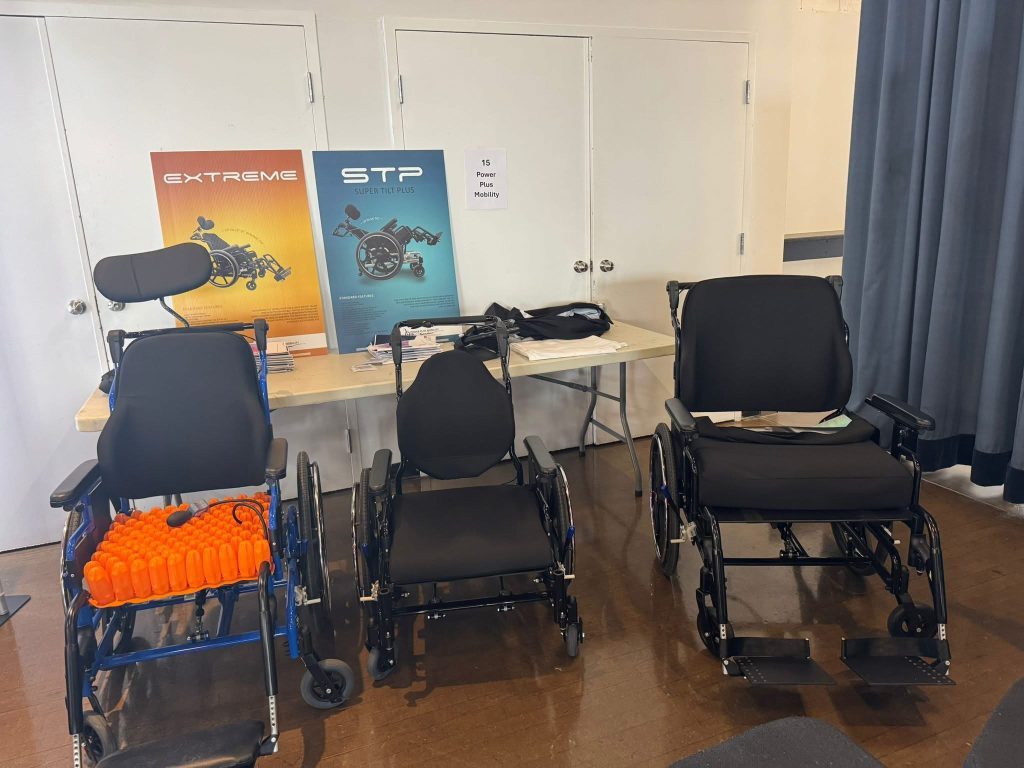
Your home should be your sanctuary – a place where independence flourishes and daily living becomes effortless. For wheelchair users, creating an accessible home environment isn’t just about comfort; it’s about empowerment, safety, and maintaining the highest quality of life possible. Whether you’re adapting an existing home or planning a new accessible space, understanding the key elements of wheelchair-friendly design can transform your living experience dramatically.
The Foundation of Accessible Living: Understanding Your Needs
Before diving into specific modifications, it’s essential to assess your unique requirements. Every wheelchair user has different mobility levels, preferences, and daily routines. Choosing the right wheelchair is just the beginning – your home environment must work harmoniously with your mobility equipment to maximize independence and comfort.
Consider factors such as manual versus power wheelchair use, transfer abilities, upper body strength, and any progressive conditions that might affect future needs. This comprehensive assessment forms the blueprint for creating a truly accessible living space that evolves with your requirements over time.
Essential Entry and Exit Modifications
Ramps and Doorways
The entrance to your home sets the tone for accessibility throughout the entire space. Installing properly graded ramps with appropriate railings ensures safe, independent access regardless of weather conditions. In Canada’s diverse climate, non-slip surfaces and adequate drainage become crucial safety features.
Doorway widths require careful consideration, with a minimum of 32 inches for most wheelchairs, though 36 inches provides more comfortable passage. Automatic door openers, while representing a significant investment, can dramatically improve independence, particularly for users with limited upper body strength or those using power wheelchairs.
Threshold Management
Even small thresholds can create significant barriers for wheelchair users. Zero-threshold entries or beveled threshold ramps eliminate these obstacles, ensuring smooth transitions between indoor and outdoor spaces. Weather stripping and door seals require special attention to maintain energy efficiency while accommodating accessibility modifications.
Kitchen Accessibility: The Heart of Independent Living
The kitchen often presents the greatest accessibility challenges but also offers the most rewarding opportunities for independence enhancement. Counter heights, cabinet accessibility, and appliance placement all require thoughtful consideration.
Counter and Cabinet Solutions
Adjustable-height counters accommodate different users and activities, while pull-out shelves and drawers bring stored items within easy reach. Lower counter sections at 30-32 inches provide comfortable work surfaces for seated users, while maintaining standard-height areas for standing family members or caregivers.
Under-counter knee space ensures wheelchair users can comfortably approach work areas and sinks. This space should extend at least 27 inches high and 30 inches wide to accommodate most wheelchairs comfortably.
Appliance Considerations
Side-opening ovens, front-loading dishwashers, and refrigerators with bottom freezers significantly improve accessibility. Induction cooktops offer safety advantages, as they remain cool to the touch and provide precise temperature control. When selecting appliances, consider reach requirements and ensure all controls are within the 15-48 inch accessible range.
Bathroom Modifications for Safety and Independence
Bathroom accessibility often determines the level of independence possible in daily personal care routines. Strategic modifications can transform challenging spaces into areas of confidence and privacy.
Shower and Bathing Solutions
Roll-in showers with zero thresholds eliminate transfer barriers and accommodate wheelchairs safely. Built-in or fold-down shower seats provide stability during bathing, while grab bars strategically placed at appropriate heights offer additional security. Non-slip flooring materials ensure safety in wet conditions common in Canadian bathrooms.
Transfer benches and shower chairs designed for specific wheelchair types enhance bathing independence. When maintaining your wheelchair, consider how bathroom humidity and moisture might affect your equipment, and ensure proper ventilation to protect both user and wheelchair components.
Toilet and Sink Accessibility
Wall-mounted toilets allow for height adjustment and easier wheelchair positioning. Comfort-height toilets (17-19 inches) often provide easier transfers for many users. Sink accessibility requires careful attention to knee clearance, faucet operation, and mirror positioning.
Bedroom and Personal Space Adaptations
Restful sleep and personal privacy form the foundation of well-being for wheelchair users. Bedroom modifications should prioritize ease of access, emergency egress, and personal comfort.
Bed Height and Positioning
Adjustable-height beds accommodate different transfer techniques and medical needs. Platform beds or bed risers can achieve optimal transfer heights when adjustable options aren’t feasible. Bedside space requirements vary by wheelchair type, but generally, 36 inches of clear space allows for comfortable approach and positioning.
Closet and Storage Solutions
Accessible closet design brings clothing and personal items within reach. Adjustable-height rods, pull-down systems, and drawer-style storage maximize accessibility while maintaining organization. Consider seasonal clothing rotation systems to keep frequently used items most accessible.
Living Areas: Comfort and Functionality Combined
Open floor plans facilitate wheelchair movement while creating inviting social spaces. Furniture arrangement should prioritize circulation paths while maintaining intimate conversation areas and entertainment access.
Flooring Considerations
Hard surface flooring generally provides the best wheelchair mobility, though area rugs with thin, secured edges can add warmth and definition to spaces. Avoid thick carpeting that impedes wheelchair movement, though low-pile options may work in certain situations.
Technology Integration
Smart home technology increasingly offers accessibility benefits for wheelchair users. Voice-controlled lighting, climate control, and entertainment systems reduce physical demands while enhancing independence. Consider these systems early in renovation planning to accommodate necessary wiring and controls placement.
Outdoor Spaces and Accessibility
Canadian outdoor living extends quality of life throughout the seasons, making accessible outdoor spaces particularly valuable. Deck and patio modifications should consider weather protection, surface materials, and furniture accessibility.
Raised garden beds and container gardening bring horticultural therapy within reach of wheelchair users. Accessible outdoor spaces also provide important venues for enhancing mobility and independence through outdoor activities and social connections.
Emergency Preparedness and Safety
Accessible homes must prioritize emergency egress and safety systems. Multiple exit routes, emergency communication systems, and accessible fire extinguisher placement ensure comprehensive safety planning.
Consider emergency power backup for essential accessibility equipment, particularly important during Canada’s severe weather events. When wheelchair repairs are needed, having accessible spaces for equipment storage and maintenance becomes crucial for continued independence.
Future-Proofing Your Accessible Home
Accessibility needs often evolve over time, making adaptable design principles essential for long-term success. Universal design features benefit all residents while providing flexibility for changing needs.
Consider rough-in plumbing for future bathroom modifications, electrical planning for potential elevator installation, and structural considerations for grab bar placement. These investments during initial renovations provide cost-effective adaptation options for future requirements.
Understanding when to upgrade your wheelchair often coincides with home accessibility needs assessment, as advancing mobility requirements may necessitate both equipment and environmental modifications.
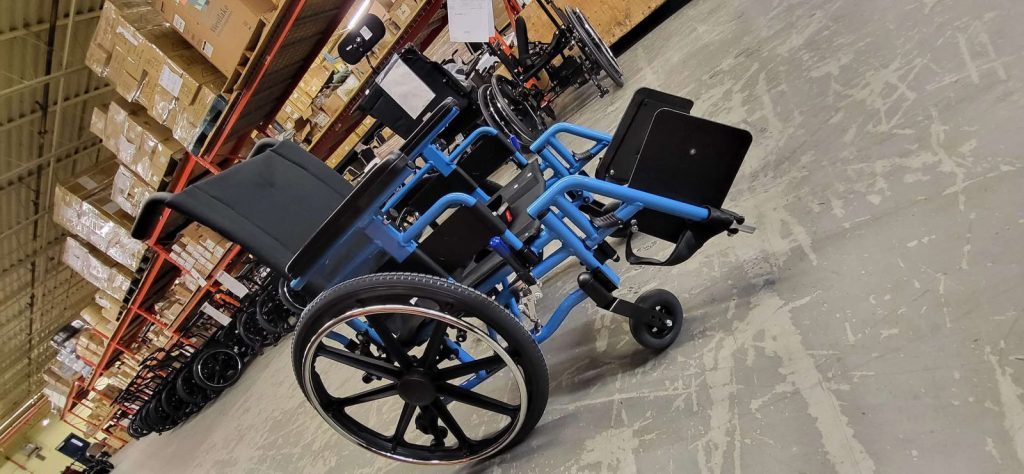
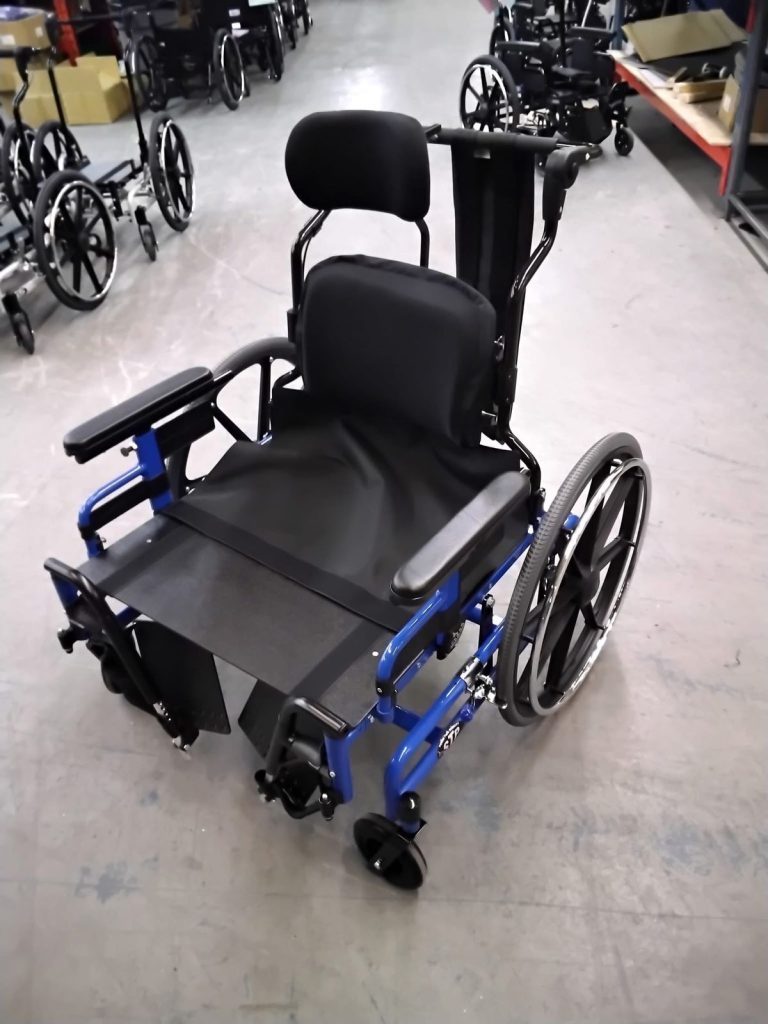
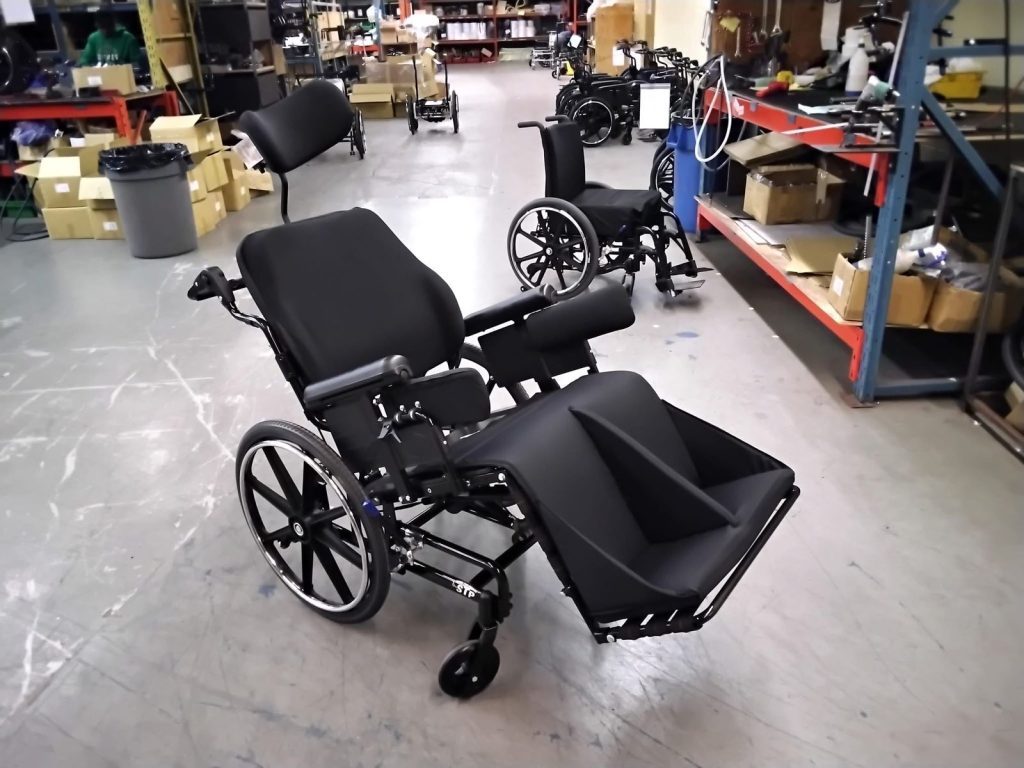
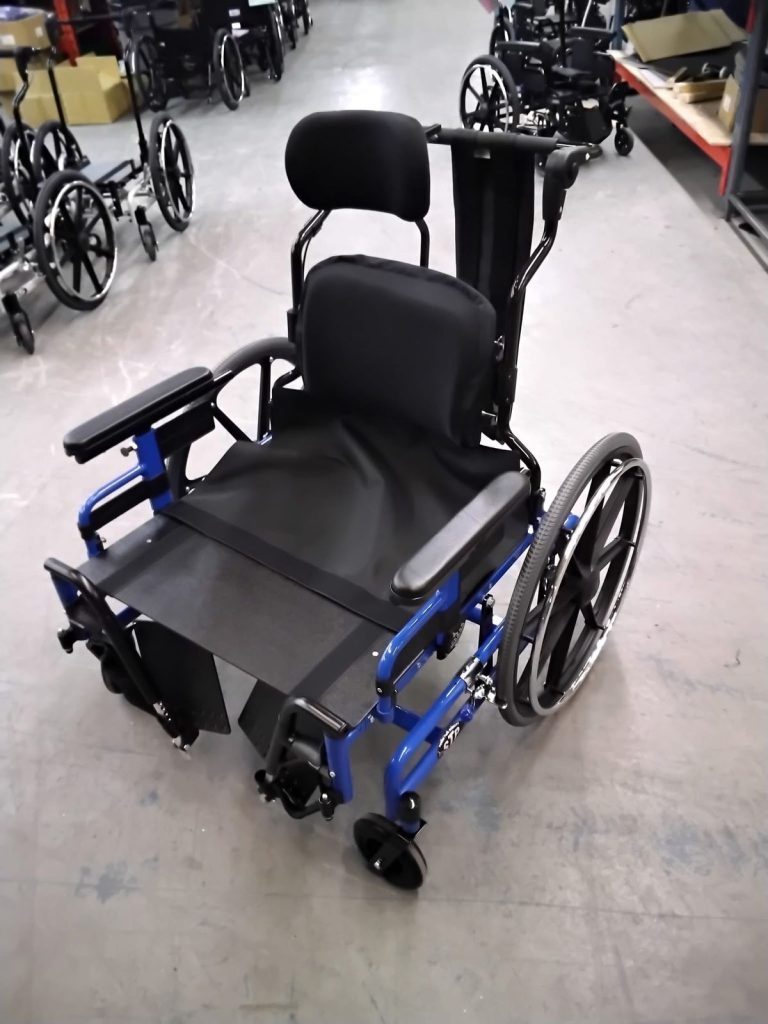
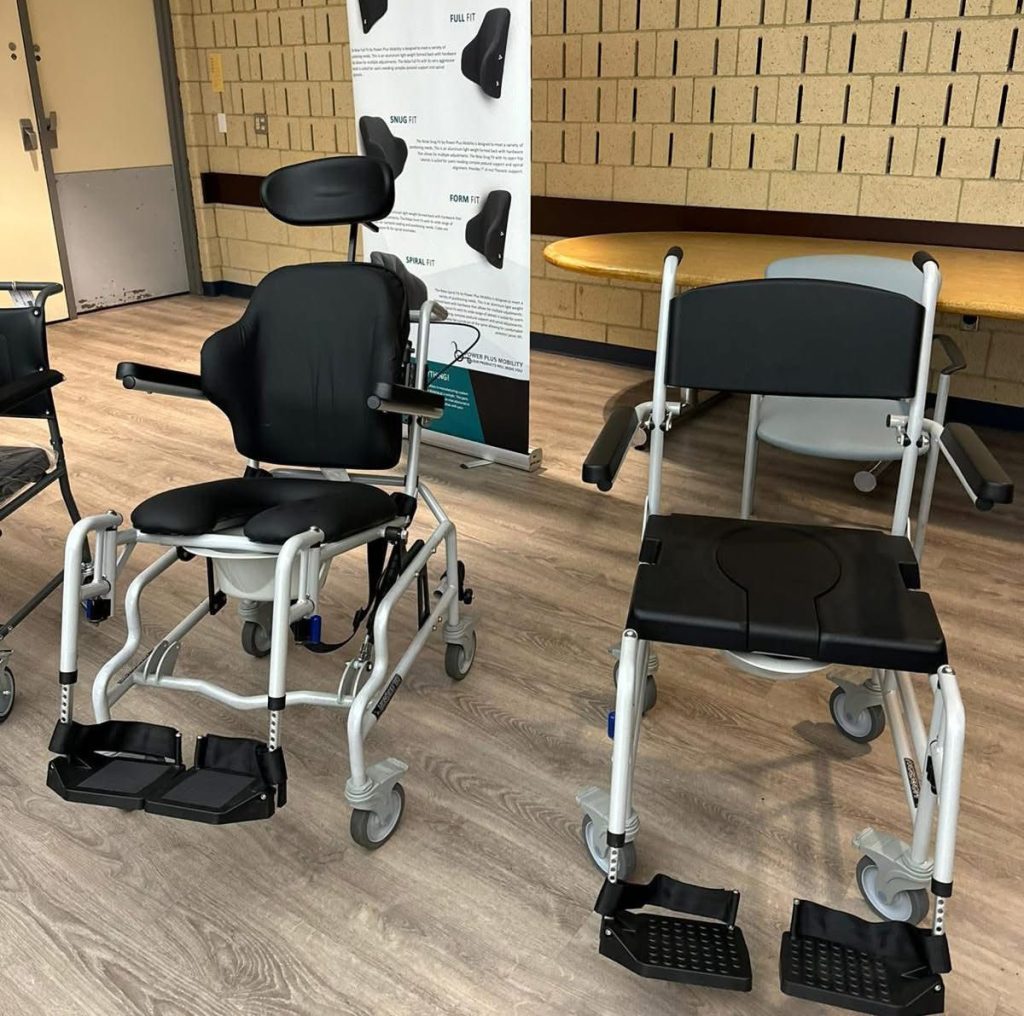
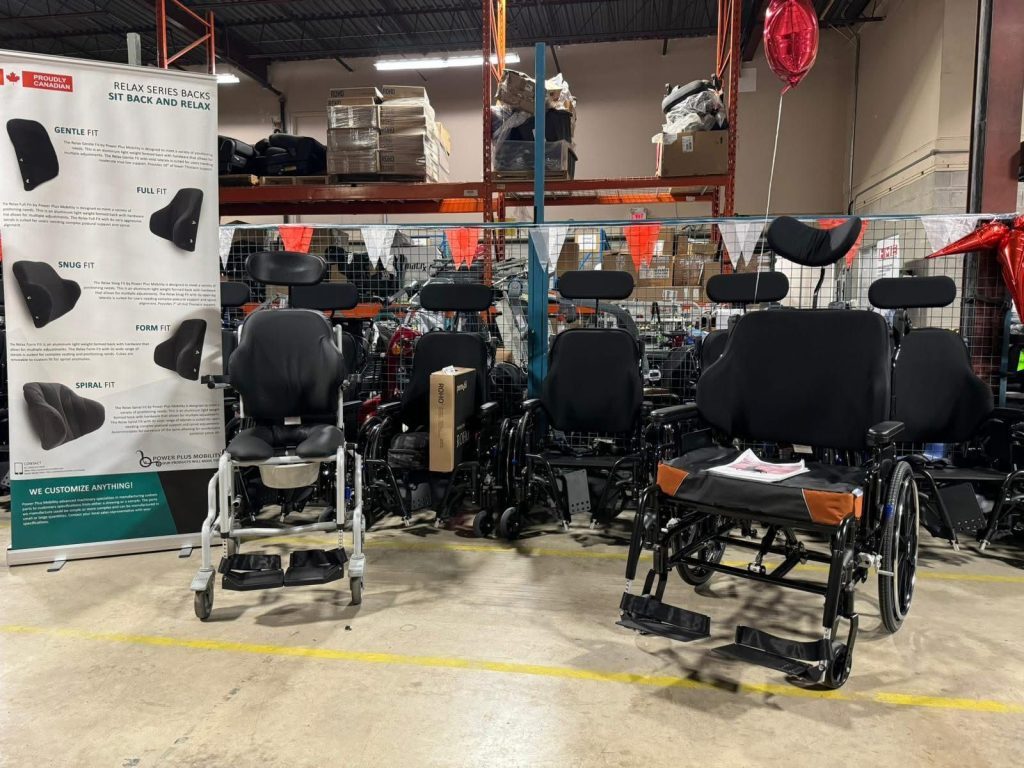
Professional Resources and Support
Creating an accessible home often benefits from professional expertise in occupational therapy, accessible design, and specialized contracting. Many Canadian provinces offer funding programs and tax incentives for accessibility modifications, making professional consultation a valuable investment.
Work with contractors experienced in accessibility modifications to ensure compliance with building codes while maximizing functionality. Professional assessments can identify opportunities and potential challenges that might not be apparent to homeowners planning modifications independently.
Maintenance and Long-Term Care
Accessible homes require ongoing maintenance attention to preserve functionality and safety. Regular inspection of ramps, grab bars, and mechanical systems ensures continued reliability. Proper cleaning techniques for accessibility equipment help maintain both appearance and function over time.
Your Home, Your Independence
Creating an accessible home environment represents an investment in independence, safety, and quality of life. Through thoughtful planning, strategic modifications, and attention to personal needs, your home can become a place where accessibility enhances rather than limits your daily experience.
At Power Plus Mobility, we understand that wheelchair accessibility extends far beyond the equipment itself. Our team works with clients to understand how our wheelchairs integrate with accessible home environments, ensuring seamless mobility throughout your daily living spaces.
Remember, accessibility improvements benefit everyone while providing essential independence for wheelchair users. Start with the modifications that will have the greatest impact on your daily routine, then gradually expand your accessible living environment to encompass all areas of your home.
Ready to explore how your wheelchair and home environment can work together for maximum independence? Contact Power Plus Mobility to discuss how our Canadian-made wheelchairs integrate with accessible living solutions.
To visit our social media, please click on Facebook and Instagram



